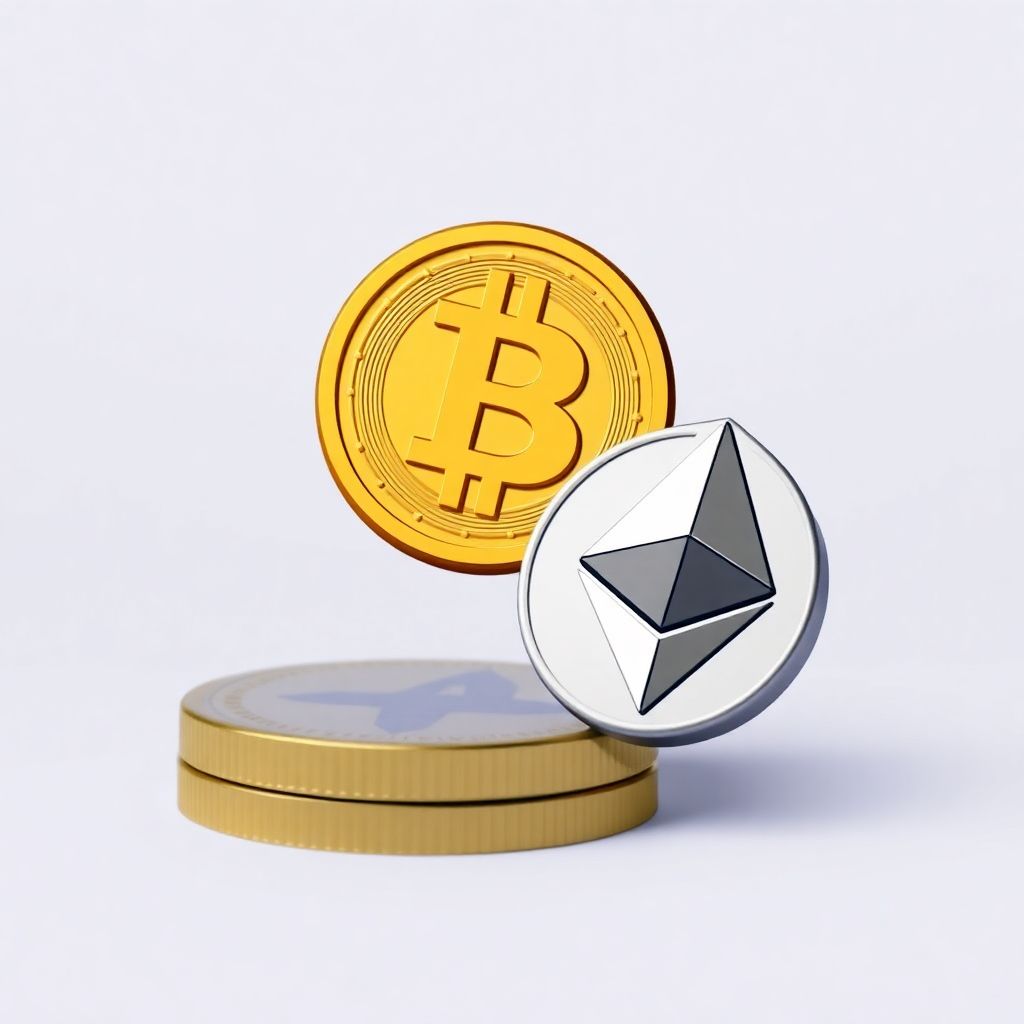Bitcoin and Ethereum saw upward momentum on Friday, buoyed by new inflation data indicating a slight cooling in U.S. consumer prices during September. The Consumer Price Index (CPI), a key measure of inflation, increased by 3% year-over-year—just under the 3.1% economists had forecast. This marginal decline in inflation heightened investor sentiment across financial markets, providing a welcome tailwind for digital assets ahead of the next Federal Reserve policy meeting.
Bitcoin climbed approximately 2% over the past 24 hours, trading around $111,300. The premier cryptocurrency has been on a volatile ride, having previously dipped to $121,000 before retracing to current levels after concerns over tariffs and macroeconomic uncertainty weighed on markets. Ethereum followed suit, registering a 2.5% gain to reach around $3,960, while Solana also experienced a modest 2.1% increase, rising to about $193.
The milder-than-expected inflation print has led some investors to speculate that the Federal Reserve may adopt a more restrained tone in its upcoming meeting. With inflation gradually decelerating, the central bank may feel less pressure to raise interest rates further, a move that historically dampens risk appetite for assets like cryptocurrencies. As a result, the crypto market reacted positively, with both institutional and retail investors showing renewed interest.
The CPI data, released with a short delay, painted a mixed but mostly encouraging picture. While core inflation—which excludes food and energy—remained sticky in some segments, the overall trend suggested that price stability might be within reach. This gave markets a short-term boost of confidence, with digital currencies outperforming many traditional assets in the post-report trading session.
In addition to Bitcoin and Ethereum, several altcoins also saw positive movement. Cardano, XRP, and Litecoin all posted gains between 1.5% and 3%, reflecting broader optimism within the crypto sector. Market analysts noted that lower inflation typically translates into a more favorable environment for speculative assets, including cryptocurrencies, which are often viewed as hedges against fiat currency debasement.
The rebound in crypto prices also coincides with increased trading volumes and a resurgence of interest in decentralized finance (DeFi) platforms. Ethereum, as the backbone of many DeFi applications, particularly benefited from this trend. Meanwhile, Bitcoin’s resurgence was supported by renewed institutional interest, with several large funds reportedly increasing their exposure in anticipation of a more dovish stance from the Fed.
Looking forward, the market is closely watching for any signals from the Federal Reserve regarding future monetary policy. Should the central bank signal a pause in rate hikes or even hint at potential easing in 2024, cryptocurrencies could continue to enjoy bullish momentum. However, any indication of persistent inflationary pressures could quickly reverse the current optimism.
The macroeconomic backdrop remains critical for crypto markets. While inflation appears to be cooling, the labor market remains tight, and energy prices continue to be volatile—factors that could influence both inflation and monetary policy decisions. Investors are therefore advised to remain cautious, balancing optimism with an awareness of ongoing economic risks.
Aside from inflation, another key driver for the crypto market in the coming months is the potential approval of spot Bitcoin exchange-traded funds (ETFs) in the U.S. The anticipation of regulatory clarity around ETFs has already sparked speculative buying, and any positive announcement from the Securities and Exchange Commission (SEC) could act as a further catalyst for price gains.
Meanwhile, Ethereum’s upcoming network upgrades, aimed at improving scalability and reducing transaction fees, are also attracting attention. These enhancements, part of Ethereum’s long-term roadmap, are expected to support broader adoption and could further solidify its position as the leading smart contract platform.
In conclusion, the cooling inflation data has provided a much-needed boost to crypto markets, with Bitcoin, Ethereum, and other digital assets responding positively. As macroeconomic indicators continue to evolve and central banks adjust their strategies, the crypto space remains highly sensitive to these developments. For now, investors appear cautiously optimistic, navigating the intersection of traditional finance and the decentralized future.

